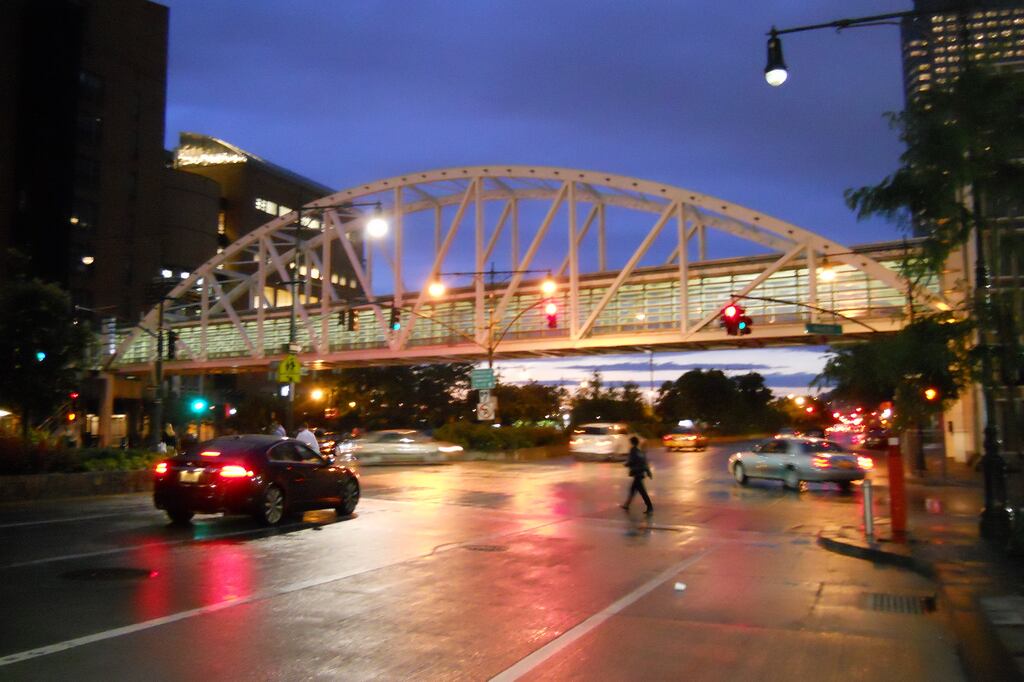Stuyvesant High School, one of the most prestigious public high schools in New York City, wants to go fully remote this fall.
The School Leadership Team at Stuyvesant recommended an online-only schedule, citing concerns over health, staffing, transportation, and the availability of elective classes, among other issues. For now, though, the school is being asked to choose from among three schedules, all of which include an in-person component, according to an education department spokesperson.
Some 91% of teachers, 59% of parents, and 56% of students preferred remote learning rather than a hybrid model where classes take place on campus for a portion of the week, according to a survey cited in an email blast from the school’s Parent Association. It was not immediately clear how representative the online survey was.
The choices facing Stuyvesant highlight the dizzying number of variables schools need to consider when it comes to returning to in-person instruction. With enrollment totaling more than 3,000, the downtown school building only has space for about a quarter of students to attend classes at a time, accounting for social distancing, Principal Eric Contreras said in a recording of a School Leadership Team meeting this week.
The school’s surveys showed that a common concern was commuting: The average travel time is an hour, and most travel on public transit, according to the Parent Association. There are also many outstanding questions about safety measures, such as how students would enter the building and what would happen if someone within the school community tests positive for the virus.
The education department has offered parents an online-only option for next year, and educators can request an accommodation to stay home. Schools could apply for an exemption from the suggested schedules, but a department spokesperson suggested a fully remote option for entire schools is out of the question.
“We are not currently approving a fully-remote model as individual families have the ability to opt into fully-remote learning at any time, at any school,” spokesperson Danielle Filson said in a statement.
Another high-profile school, New Explorations in Science, Technology and Math Manhattan (commonly known as NEST+m), serving K-12, had also sought to offer only remote learning next year, according to the New York Post.





